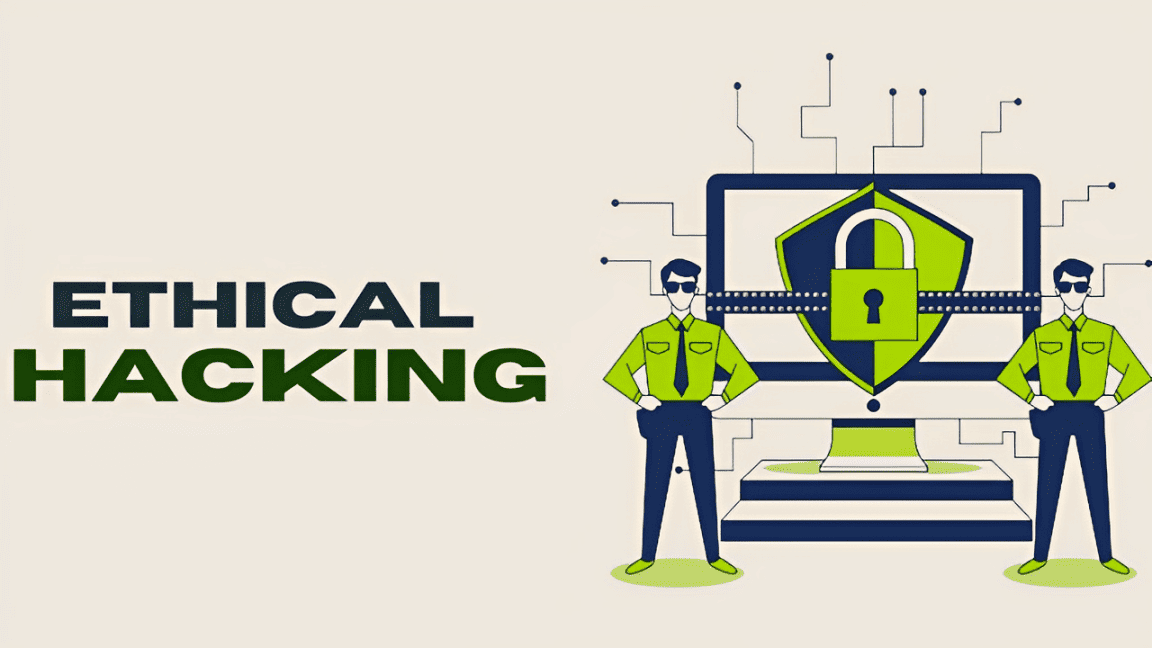Different types of hackers exist due to diverse motivations, intentions, and ethical perspectives. This helps to understand the different threats we might face in the digital world.
Summary of the Blog
- There are different types of hackers.
A brief on hackers.
There are different types of hackers.
White Hat Hackers
Black Hat Hackers
Grey Hat Hackers
Hacktivists
Script Kiddies
Blue Hat Hackers
Red Team Hackers
Green Hat Hackers
Hacktivist Groups
Cyber Terrorists
A Brief on Hackers.
White Hat Hackers (Ethical Hackers):
- Intentions: Positive
- Activities: Work legally and with permission to identify and fix security vulnerabilities, enhancing overall cybersecurity. They often collaborate with organizations to strengthen digital defenses.
Black Hat Hackers:
- Intentions: Negative
- Activities: Engage in malicious activities, such as stealing sensitive information, causing damage, or financial exploitation for personal gain. Black hat hackers operate without authorization and often violate the law.
Grey Hat Hackers:
- Intentions: Ambiguous
- Activities: Operate in a gray area, conducting activities without proper authorization, but not necessarily for malicious purposes. They may uncover vulnerabilities and then notify the affected parties.
Hacktivists:
- Intentions: Driven by social or political causes
- Activities: Use hacking skills to promote their beliefs or protest, often involving unauthorized access to systems. Their actions are motivated by activism rather than personal gain.
Script Kiddies:
- Intentions: Varied
- Activities: Individuals with limited technical skills who use pre-existing hacking tools without a deep understanding. Their actions are often for experimentation or to gain recognition within hacker communities.
Blue Hat Hackers:
- Intentions: Varied
- Activities: Typically work on specific targets without malicious intent, focusing on exploration and understanding cybersecurity. The term is also used for individuals who are invited by software companies to test their systems’ security.
Red Team Hackers:
- Intentions: Positive (within an organization)
- Activities: Simulate real-world cyberattacks to test and improve the defensive capabilities of an organization’s systems. Red teaming is a proactive measure to identify and address vulnerabilities.
Green Hat Hackers:
- Intentions: Varied
- Activities: Often used to describe beginners or individuals new to hacking, who are eager to learn and experiment. The term “green hat” is less commonly used than other color hats.
Hacktivist Groups:
- Intentions: Driven by social or political causes
- Activities: Organized groups use hacking as a means of protest or activism, often engaging in distributed denial-of-service (DDoS) attacks. Their goal is to raise awareness or promote their agenda.
Cyber Terrorists:
- Intentions: Negative
- Activities: Use hacking techniques to create fear or disrupt critical infrastructure for political or ideological purposes. Cyber terrorists aim to achieve their goals through cyber threats and attacks.
Conclusion:
Hackers come in different shades with distinct intentions and activities. White hat hackers fortify systems legally, while black hat hackers engage in malicious activities for personal gain. Grey hat hackers operate in a morally ambiguous space. From hacktivists to script kiddies, the diverse spectrum of hackers reflects the complex dynamics in cyberspace. Recognizing these types is crucial for digital security and combating cyber threats.





